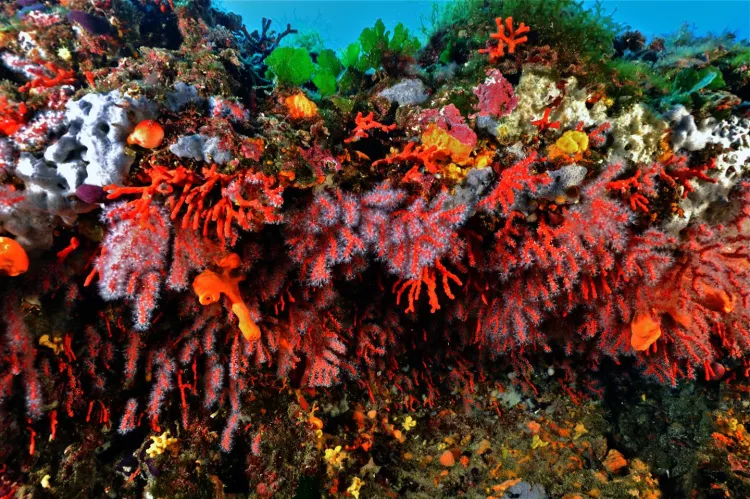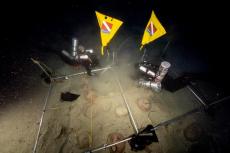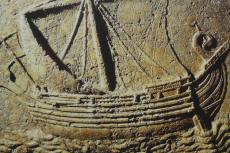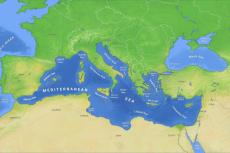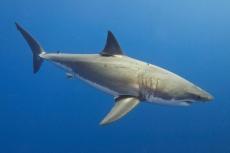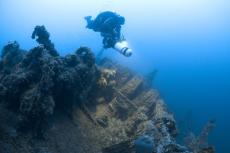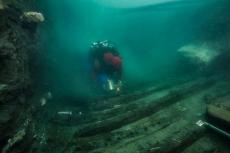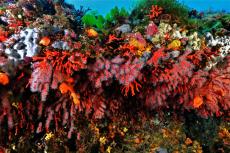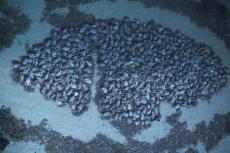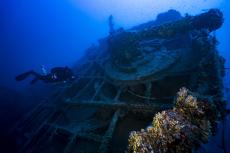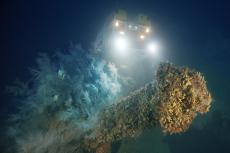Red coral recovers in Mediterranean protected areas
Protection measures of the Marine Protected Areas have enabled red coral colonies (Corallium rubrum) to recover partially in the Mediterranean Sea
Mediterranean species such as red coral, with a hard and striking red skeleton, is key for formations of encrusting corals and algae, as it gives it physical structure, increases its complexity and serves as protection for several species, which feed on the coralligenous habitat.
According to a recent study, protection measures implemented in Marine Protected Areas (MPAs) in the Mediterranean Sea have helped colonies of red coral to partially recover to levels reminiscent to those of the 1980s in Catalonia (Spain) and of the 1960s in the Ligurian Sea (Italy).
The study, conducted by researchers from the Institute of Environmental Science and Technology at the Universitat Autònoma de Barcelona (ICTA-UAB), illustrates the effectiveness of the marine protection.
Before such protection was implemented in the last decades, the disappearance of red coral led to less biodiversity, ecosystem complexity and greatly reduced its capacity to sequester carbon.
"Although the implemented protection measures have proven to be effective, “these results have to be treated with caution, as they only reflect a part of the existing red coral population of the region.”
Using historical data from the northwestern Mediterranean Sea, the study showed how the red coral colonies reached their minimum health status in the 1990s, when the larger, tree-like colonies were overexploited and subsequently depleted. The findings also show the contribution of red coral to carbon storage, with the coral’s carbon sequestration capacity being halved in just a few decades due to direct harvesting.
Commenting on the study’s positive conclusions, lead author Miguel Mallo said that the findings reflected the performance of only a portion of the region’s red coral population. He added that “in the most recent decades, the vast majority of red coral studies, and thus, data available, were concentrated in few areas coinciding with Marine Protected Areas, leaving unstudied the colonies of other locations that do not benefit from protection measures, with worse health status.”
Senior scientific researcher and co-author Sergio Rossi explained that “the very slow growth and low reproductive rates of red coral, combined with its continuous harvest and intense periods of overexploitation, makes the majority of the actual red coral small in size and unable to do its function in the habitat, thereby affecting several species.” Since ancient times red coral has been heavily harvested, being used to make jewellery, ornaments and also in trade. Some past civilisations even consumed it in a bid to boost fertility, healing or spiritual abilities.
“The positive note is that the protection measures can be effective relatively quickly. This is important because it gives to these ecosystems greater capacity to resist and recover following climate events in this rapidly changing Mediterranean Sea,” said ICTA-UAB researcher Patrizia Ziveri.
- Log in to post comments


